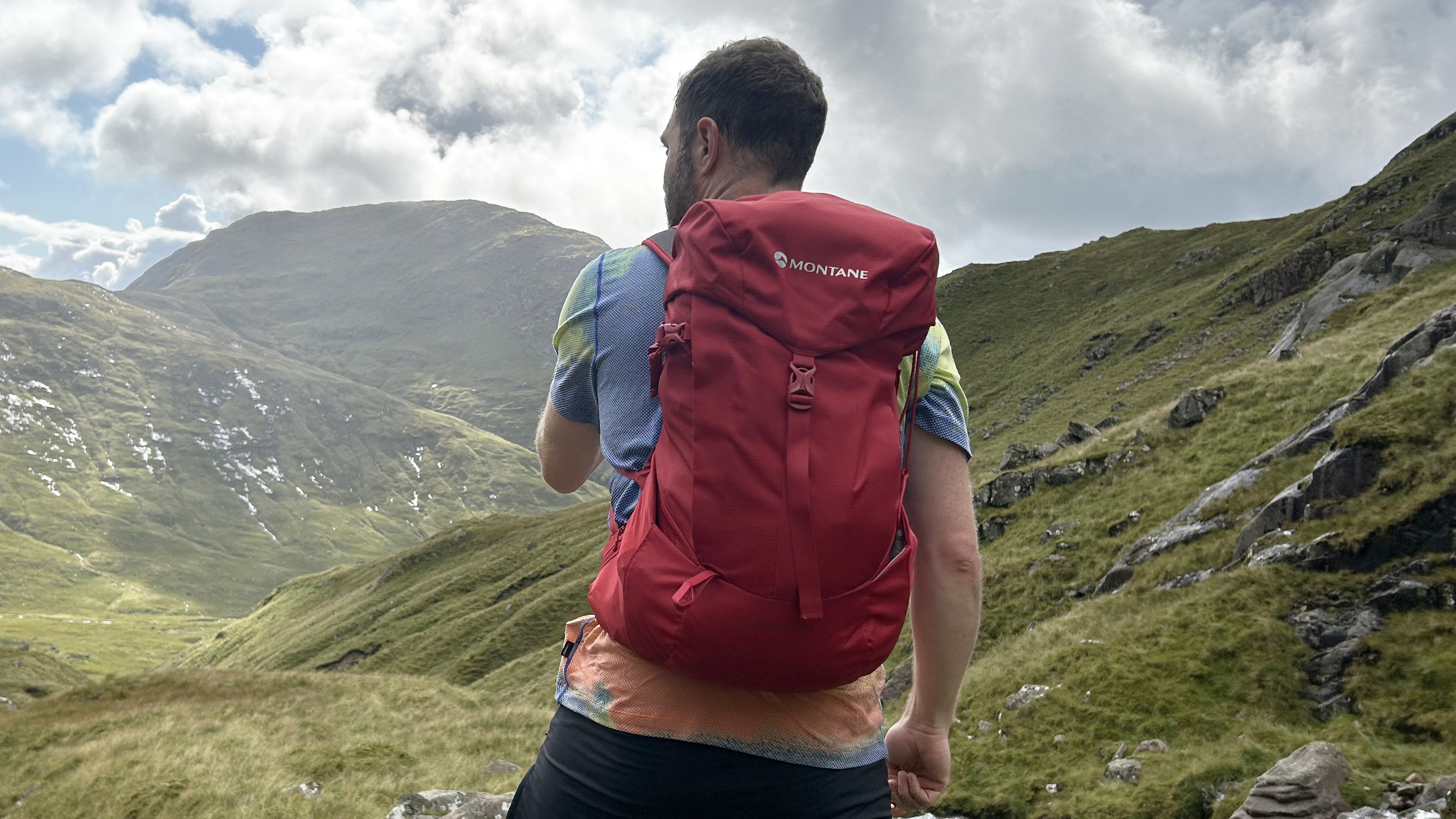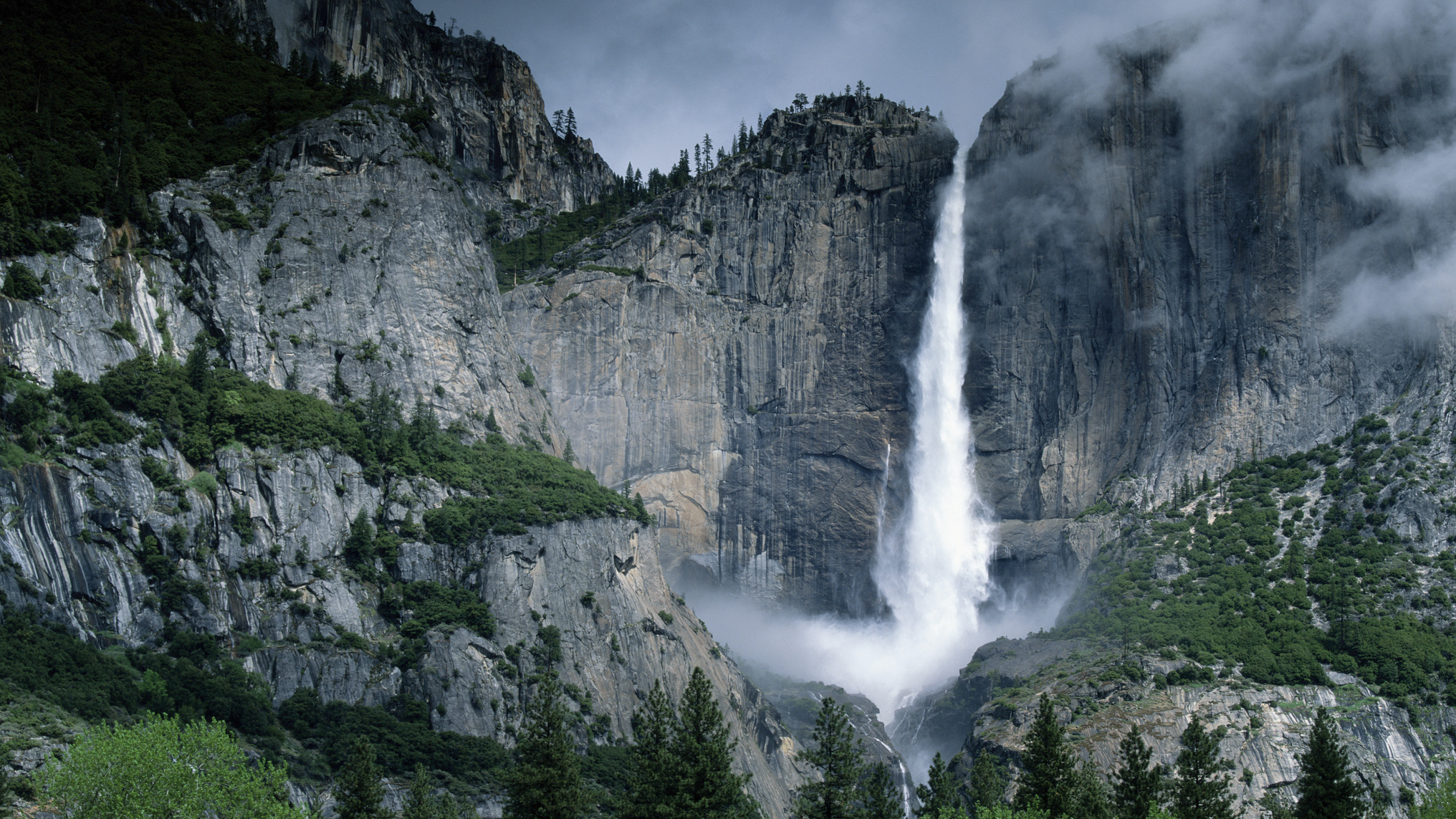Advnture Verdict
A great pack for day hikes and speedy technical adventures in the mountains, with loads of thoughtful design touches and attention to detail. It’s constructed from durable materials, so should last a long time and its eco-creds are also solid. It has features that nod towards winter adventure, though it’s a shame a helmet holder isn’t included for exterior storage, especially given its low capacity. It’s a minor qualm and one that doesn’t stop this from being a superb daypack.
Pros
- +
Intelligent design
- +
Excellent harness pockets
- +
Made from recycled materials
- +
Back system provides ventilation
- +
Durable main fabric
- +
Lots of storage options in a small package
Cons
- -
Only one axe attachment point
- -
Heavier than the equivalent standard Trailblazer pack
- -
A helmet holder would have been nice
- -
Side zipper and ice axe attachments in each other’s way
You can trust Advnture
Ever since founders Chris Roff and Jake Doxat met on an expedition in Southern Chile in 1989, British brand Montane has prided itself on creating high-performance, lightweight gear for mountaineers and fast and light adventurers.
The brand’s range of backpacks embodies this DNA, consisting of its Gecko hydration packs, its Azote daypacks and its ever-popular Trailblazer series, packs designed for speedy mountain days. At Advnture, we’ve previously reviewed the standard Trailblazer 44L and the Trailblazer LT 20L, an ultralight, waterproof pack designed for mountain running, and were impressed with their lightweight qualities and design features.
In 2024, Montane unveiled the redeveloped range, which included the 25-liter and 35-liter Trailblazer XT packs. The XT is burlier, made from a more hardwearing, 210D triple ripstop nylon, making it suited to more serious mountain pursuits. It’s slightly heavier than the 25L version of the standard Trailblazer and also a tiny bit more expensive. I’m gonna stick my neck on the line here and assume XT stands for extreme.
The wonderful people at Trekkit, UK outdoor specialists supplied me with a sample and I was lucky enough to put this mountain pack through its paces in the Munros of the Scottish Highlands and in the English Lake District.
First impressions
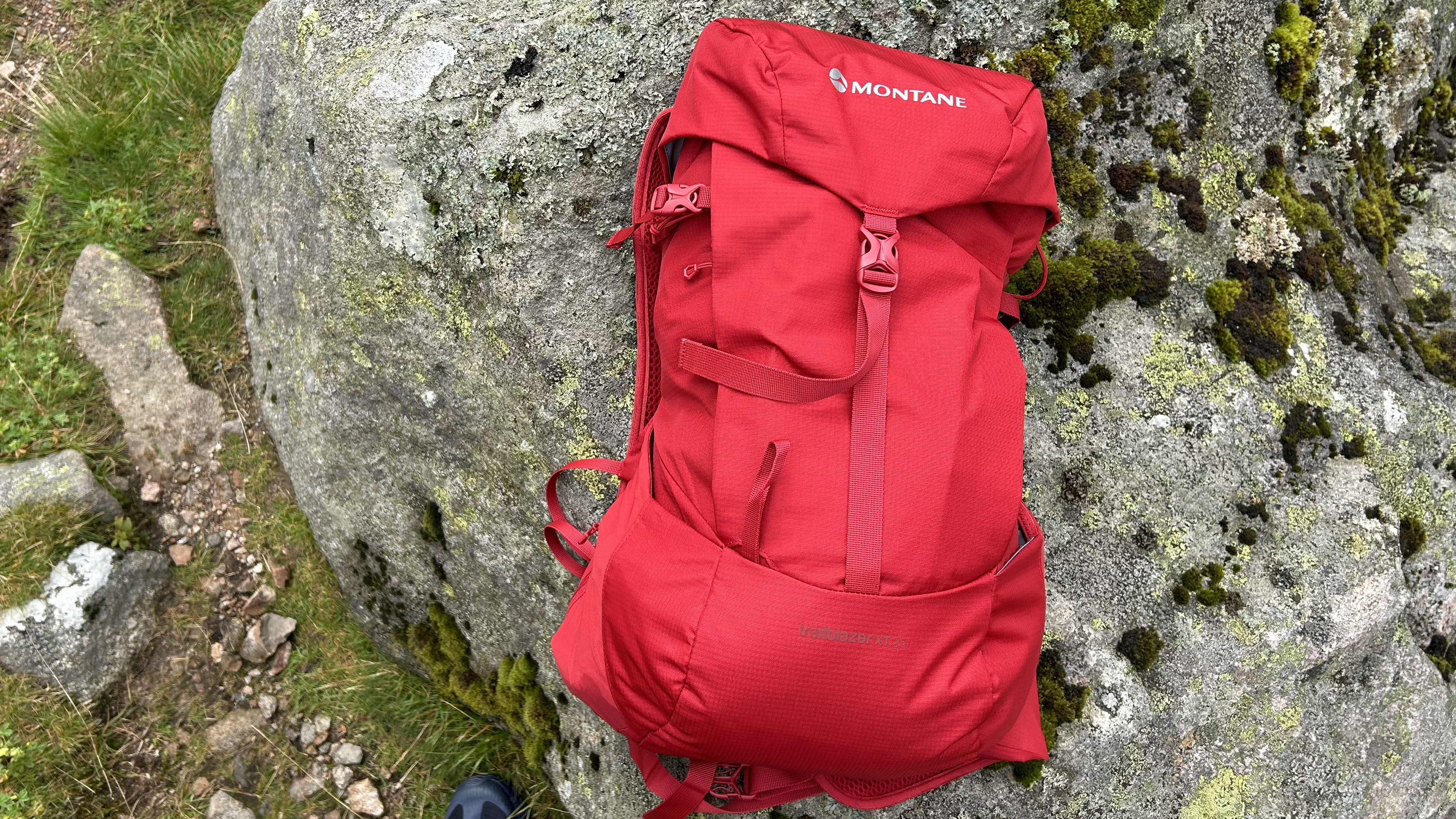
• List price: $190 (US) / £150 (UK)
• Weight (empty): 1010g / 36oz
• Volume: 25L (35L version also available)
• Size: 55cm x 25cm x 15.5cm / 22in x 10in x 6in
• Variations available: Unisex, one size
• Materials: RAPTOR CROSS 210D Recycled Triple Ripstop main fabric, PFC-Free DWR coating
• Colors: Black, Acer Red
• Compatibility: Hiking, fast and light mountaineering
The best outdoor gear tends to look elegantly simple at first glance before revealing hidden depths as you get to know it. This is the case with the Trailblazer XT, which crams a lot into a small package. It looks neat and tidy, while close inspection reveals subtle but thoughtful design touches, like the hidden ice axe loop or its clever use of elasticated mesh alongside hardwearing nylon.
From its beautifully designed harness clips to the ingenious main compartment opening, everything is intuitive, making manipulation of the pack quick and easy. It sometimes takes a little while to get in tune with a backpack, but I was in harmony with the Trailblazer at the trailhead.
Sustainable and durable fabrics

One of the key differences between the Trailblazer XTs and the standard Trailblazers is the recycled face fabric. Where the standard Trailblazer is woven from a lightweight 70D Nylon, the XT boasts a rugged 210D Triple Ripstop Nylon of similar strength to that seen in packs like Fjällräven’s Abisko Friluft or Osprey’s Manta. Sometimes fast and light gear comes with a durability penalty – that’s certainly not the case here. This should make the Trailblazer XT a solid pack for more technical mountain routes and able to withstand its fair share of rock and ice abrasion.
The fabric is treated with a PFC-Free DWR coating, making it water-repellent but not fully waterproof, unlike its cousin, the Trailblazer LT20. Breathability, ventilation and stability are supplied by the foam back panel, which is overlaid by mesh. The hipbelt is also nicely padded with a breathable polyester lattice. All the nylon and polyester in the pack is recycled, which earns a big green tick in the sustainability stakes.
Lightweight design
As a moderately lightweight pack, there’s no metal frame for additional support here, which is fine considering its 25-liter capacity. The compression straps and chest straps can be moved thanks to Montane’s new T-Hooks, allowing you to reconfigure the fit of the pack or adjust it to better hold trekking poles and the like. The T-Hooks are securely held in place and can be moved up and down a series of fabric loops that act as fixing points.

The Click and Go chest harness straps are beautifully designed, easily – and very satisfyingly, I might add! – clipping into the plastic runner and then detaching easily with a pull tag.
To fine tune the fit of the shoulder straps, the ZephyrAD system enables the wearer to move the upper back up and down, with Velcro holding it in place on the front and back. A handy scale on the inside assists you in finding the perfect fit.
A range of storage options
Considering the size and capacity of the pack, there are loads of places to stash your bits and bobs, enabling you to keep your gear organized. At the top of the pack, there’s the standard zippered lid pocket, as well as zippered compartment on the underside with a key clip.
The main compartment is easily and intuitively opened and closed using the drawcord, pull tab and fabric loop. There’s one inner pouch for the separation of items or for a hydration bladder. There’s the usual opening for a water tube and a Velcro fastening at the top. There’s also a sizeable, zippered pocket hidden behind the main front panel, accessible from the side.

From here on in, we’re into 'on the go' storage territory – and there’s plenty of it. Fabric meets mesh on either side of the back's base, providing two stretchy pockets that are ideal for water bottles or other items that you may want to hand. The hip belt also features two zippered mesh pockets with plenty of stretch.
One of my favorite features is the design of the zippered harness pockets, which open up to reveal an inner stretchy mesh gusset. This enables the pocket to expand to a size large enough to stash a soft flask, while it also doubles up as a secure and easily accessible place to put your phone or headlamp.
There’s no waterproof cover bundled in – hallelujah! These unwieldy additions to many of the best hiking backpacks often end up blowing away and littering the backcountry: internal dry bags are a much better solution, continuing to keep possessions dry once the pack's DWR coating has given up the ghost.

Mountaineers will notice little touches that nod to climbing or winter use. There’s a strap and buckle that runs across the top opening that can be used to cinch a rope in tight. Meanwhile, tucked in tightly into its own little opening on the front of the pack is a gear loop for an ice axe, which can be secured in place with an elasticated toggle higher up. There’s only one of these, so it’s not a pack for more technical mountaineering exploits or ice climbing, where two axes are de rigueur.
Capacity wise, it’s also obviously pretty low for all but the most lightweight winter adventures. It seems a shame Montane haven’t included a helmet holder, as seen in Berghaus’ MTN Guide 45 or Osprey’s Mutant backpacks, which allow a climbing helmet to be carried externally.
Out and about
I used the Trailblazer XT25 on hiking adventures throughout the summer, including trips to England’s Lake District National Park and the Scottish Highlands.
I found that it struck a good balance between support and lightweight comfort. It’s the kind of daypack that you forget you’re wearing, in a good way. Once the hip belt and chest straps are fastened and tightened, weight is nicely distributed, thanks to its body-hugging design. I’d rather feel like a snow leopard than a yak in the mountains and the XT25 certainly helped me feel more like the former. I was agile and unencumbered – though perhaps a little easier to spot among the peaks than the famously elusive big cats.
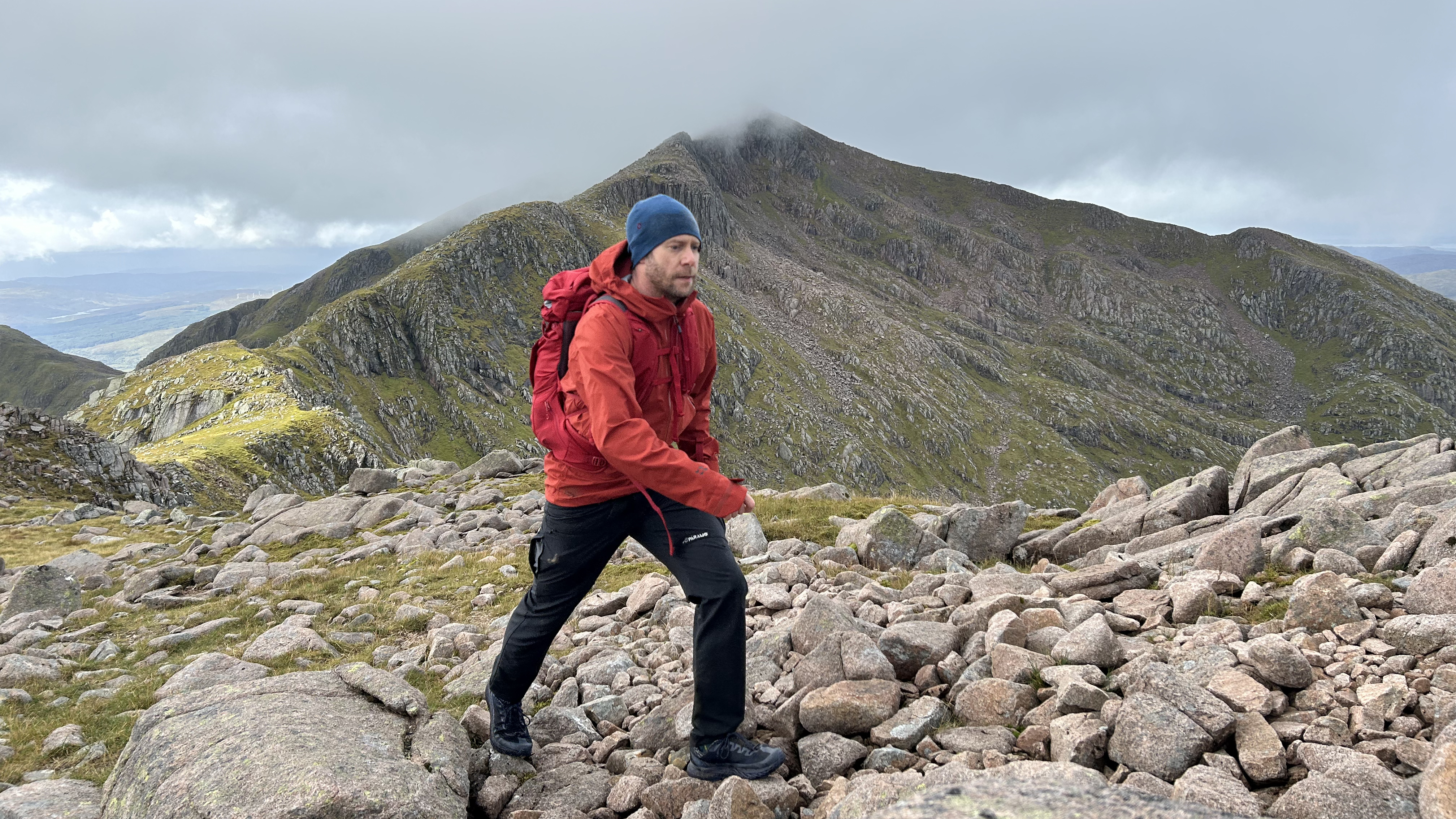
The ventilated back panel isn’t as breezy as a fully suspended system, but that’s the price you pay for a lighter pack without an internal frame. Nevertheless, airflow was decent and I found the whole harness system comfortable and easy to adjust.
When previously testing the Trailblazer LT 20L, I was disappointed that I couldn’t effectively stash my soft flasks in the harness pockets, as you can with many other hydration packs. So, I was pleased when one of the first things I noticed on the XT25 was the improved design of these pockets. The elasticated mesh gusset holds a flask in place even when the zipper is open, which gave me the option of using them in this way, as well as for handy but secure access to a phone or energy gels.
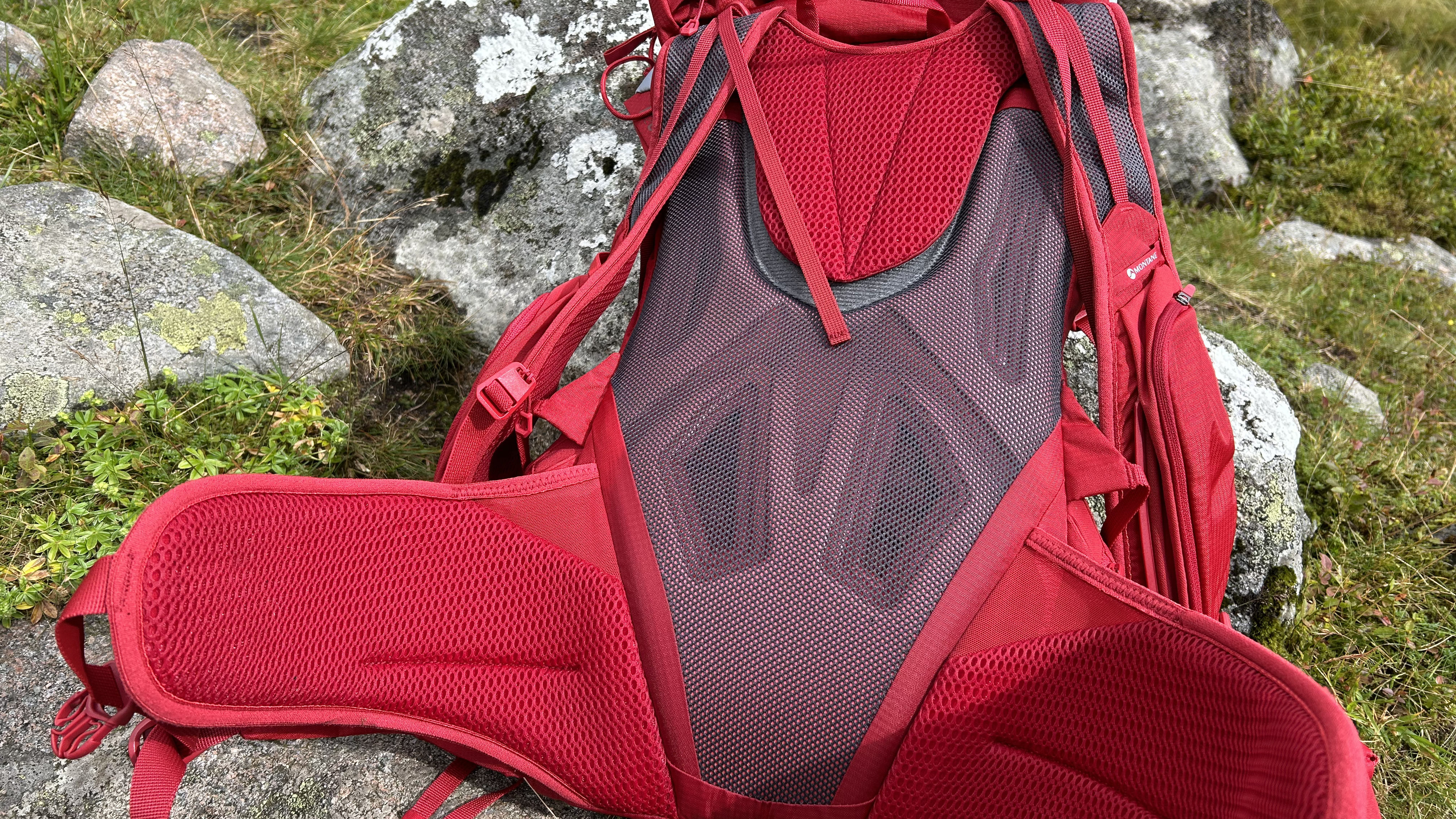
However, when taking things slower, it felt a bit odd having soft flasks up front and center, so I tended to use the side mesh for hydration storage while hiking. These were easy to reach while on the go, meaning I didn’t have to take the pack off every time I needed a drink. Similarly, the stretchy mesh zippered hip-belt pockets were very useful for quick stashing.
One very minor qualm is that the axe attachment points are on the same side as the zipper for the front compartment, so they have a habit of getting in each other’s way. Add in the buckle for one of the compression straps and you’ve got three features all clustered together in a small space. However, the customization offered by the T-hook attachments and fabric loops mean that you can move, or completely remove, both the ice axe attachment and the buckle, should you wish. Nevertheless, it’s not as though you can move the ice axe attachment to the opposite side, away from the zip, as the ice axe loop is fixed in place, so the clash still remains a bit of an issue.
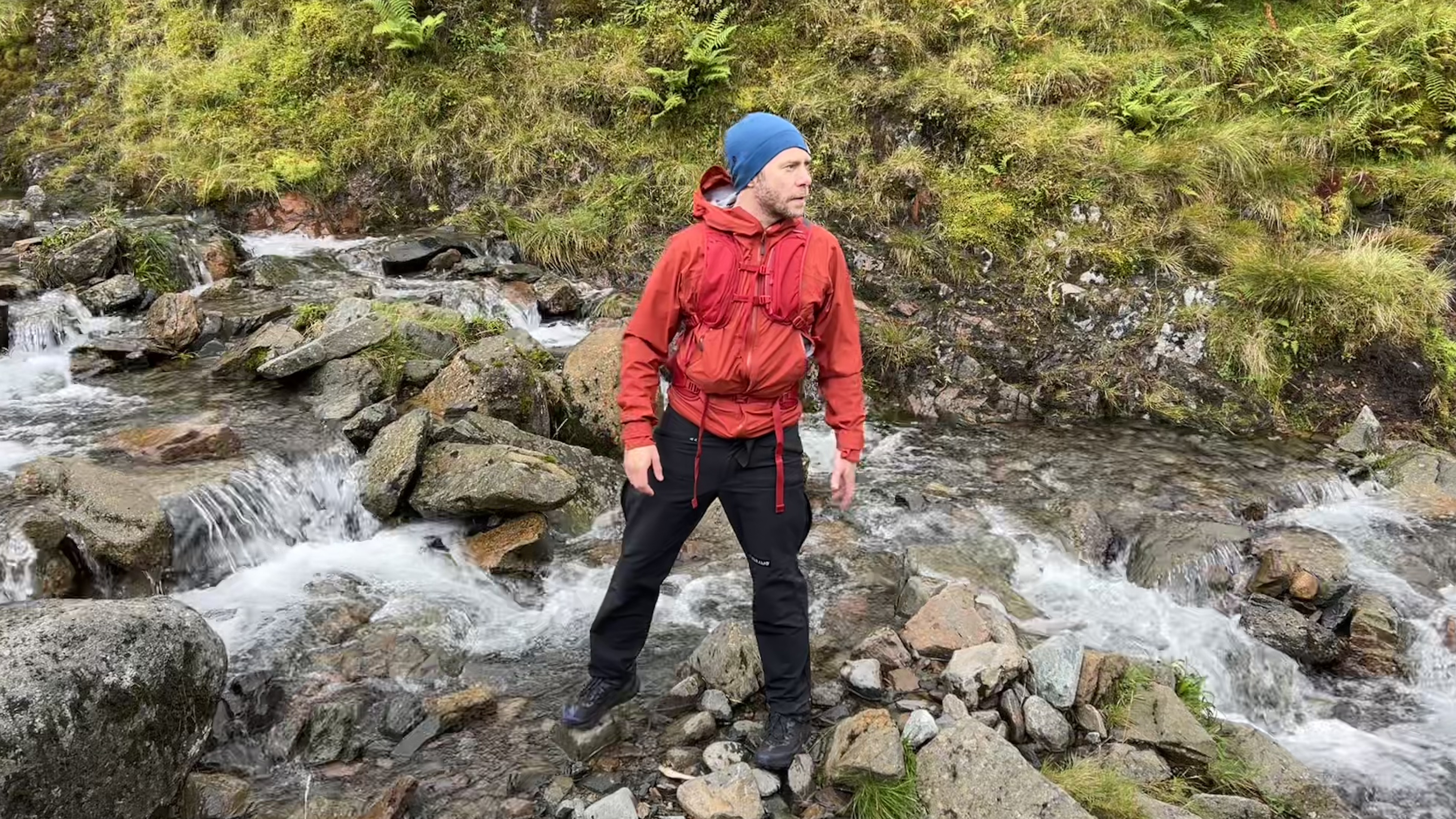
At the end of the day, the Trailblazer XT25 is a pack that I can see myself getting loads of future use from. It hits the sweet spot in terms of weight, capacity and comfort for fast and light day hiking or scrambling and I'd be tempted to use it for easier winter walking and low grade mountaineering too.
Alex is a freelance adventure writer and mountain leader with an insatiable passion for the mountains. A Cumbrian born and bred, his native English Lake District has a special place in his heart, though he is at least equally happy in North Wales, the Scottish Highlands or the European Alps. Through his hiking, mountaineering, climbing and trail running adventures, Alex aims to inspire others to get outdoors. He's the former President of the London Mountaineering Club, is training to become a winter mountain leader, looking to finally finish bagging all the Wainwright fells of the Lake District and is always keen to head to the 4,000-meter peaks of the Alps. www.alexfoxfield.com
